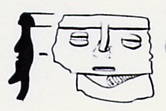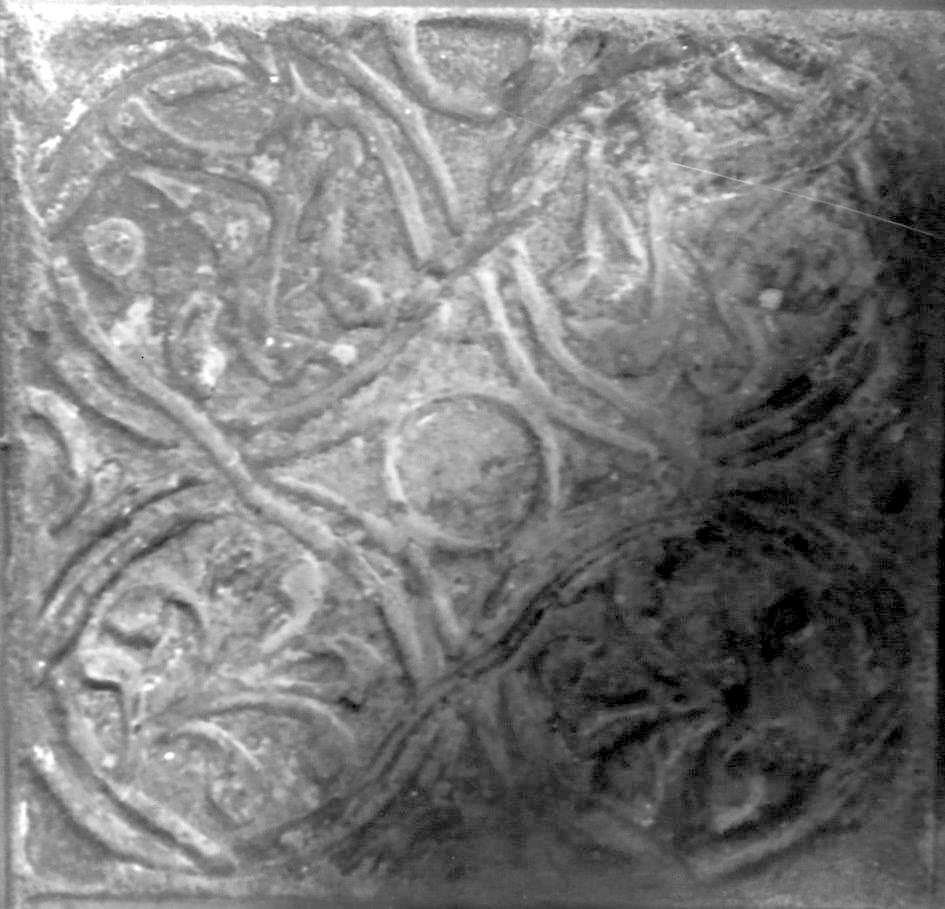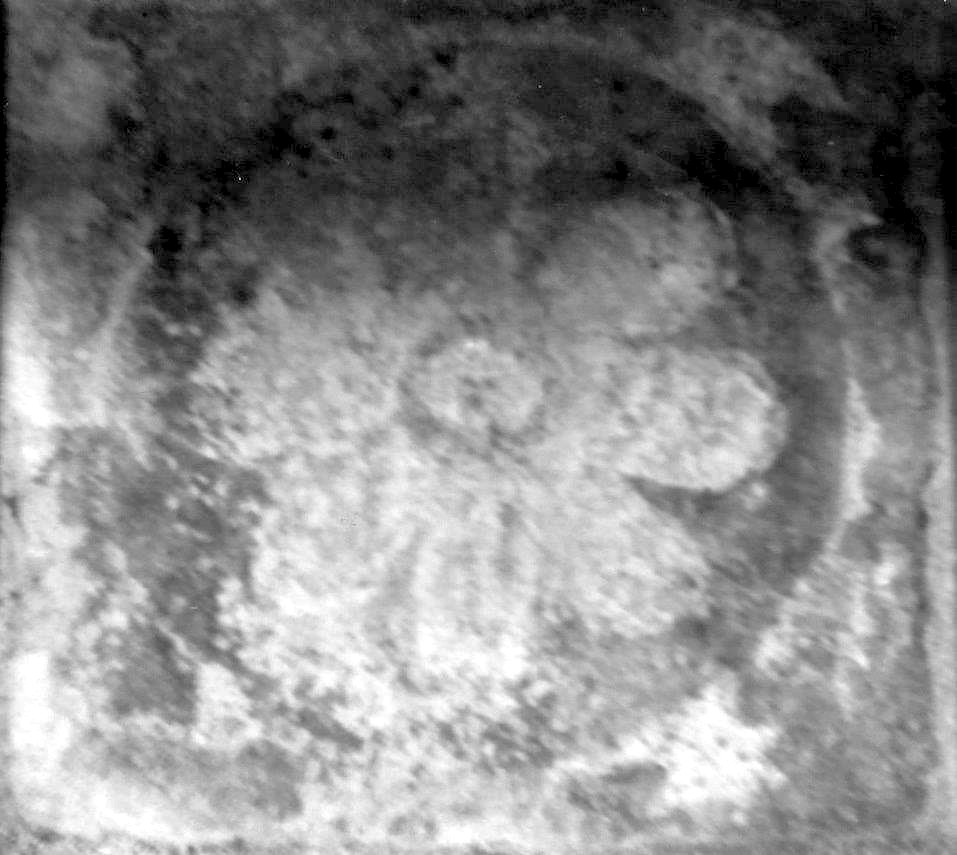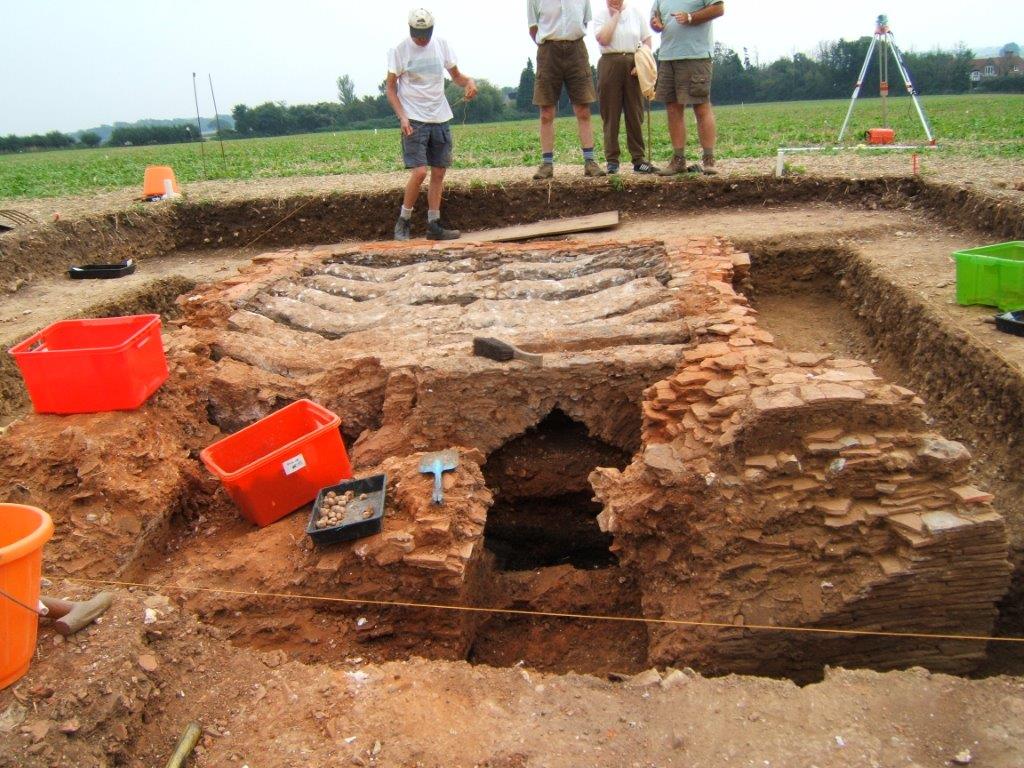Binsted Pottery

In mediaeval times Binsted was famous for its pottery. Some inhabitants were surnamed "at Potte" and "Tyler" in 1332 and in the early 15th century. ‘Binsted ware’ is found all along the coast, fairly rough and crude, but sometimes with a lively appliquéd ‘face’.
Kilns were located here on a pocket of suitable Reading Beds clay, along with sand gravel and flints. The best-known pottery works was in Hundred House Copse, near Hedgers Hill, at a site called "All the World" in the 17th century (now a house called Ashurst/Bonnie's B&B), which was excavated in the 1960s. Sherds of green-glazed medieval pottery have been found near the kiln site, at Church farm, and at the former Pescod's Croft.

 Two of the kilns and a workshop there, in use in the later 14th century, produced coarse red or sandy cooking pots. Making this kind of pottery may have been subsidiary to making floor tiles and crested ridge tiles.
Two of the kilns and a workshop there, in use in the later 14th century, produced coarse red or sandy cooking pots. Making this kind of pottery may have been subsidiary to making floor tiles and crested ridge tiles. There are two mediaeval tiles, decorated with patterns in relief, set into the floor of Binsted church. They may have come from the tile kiln which operated in Binsted in the 13th and 14th centuries at ‘All the World’, now the house called Ashurst. Leafy motifs predominate in one, and the other is of a simple eight-petalled flower.
The later kiln continued in production until c. 1425. The site was still being used in 1715 as a clay pit.
Four 17th-century tile kilns, where lime may also have been burnt, once stood further north, where the Reading Beds join the Upper Chalk, in what were by 1965 the Slindon Gravel Co. pits.

Recently (2000 and 2001) new excavations have revealed another pottery works the other side of Binsted Lane West, in the field opposite the Black Horse pub; apparently predominantly making roof tiles.
In 1738 Thomas Fowler of Marsh Farm had a brickyard. The name ‘Brick Kiln Copse' and 'Brick Kiln Piece’ for woodland near the A27 were recorded in 1838 (and pits there still in use at the end of the 19th century), reflecting brick production there too.


